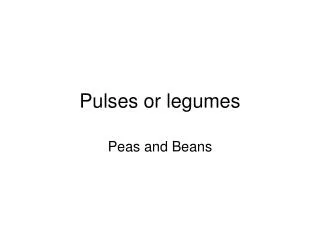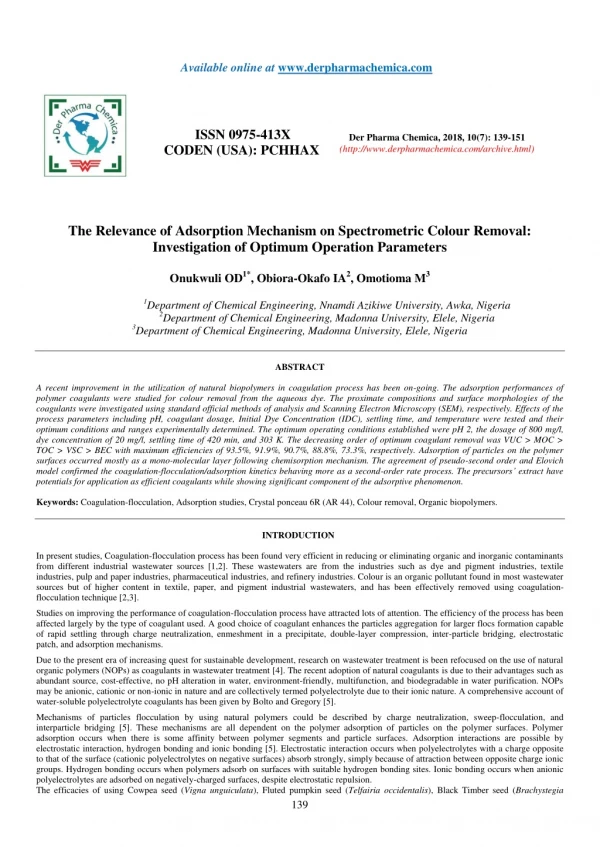The Relevance of Adsorption Mechanism on Spectrometric Colour Removal: Investigation of Optimum Operation Parameters
A recent improvement in the utilization of natural biopolymers in coagulation process has been on-going. The adsorption performances of polymer coagulants were studied for colour removal from the aqueous dye. The proximate compositions and surface morphologies of the coagulants were investigated using standard official methods of analysis and Scanning Electron Microscopy (SEM), respectively. Effects of the process parameters including pH, coagulant dosage, Initial Dye Concentration (IDC), settling time, and temperature were tested and their optimum conditions and ranges experimentally determined. The optimum operating conditions established were pH 2, the dosage of 800 mg/l, dye concentration of 20 mg/l, settling time of 420 min, and 303 K. The decreasing order of optimum coagulant removal was VUC > MOC > TOC > VSC > BEC with maximum efficiencies of 93.5%, 91.9%, 90.7%, 88.8%, 73.3%, respectively. Adsorption of particles on the polymer surfaces occurred mostly as a mono-molecular layer following chemisorption mechanism.
★
★
★
★
★
138 views • 13 slides



